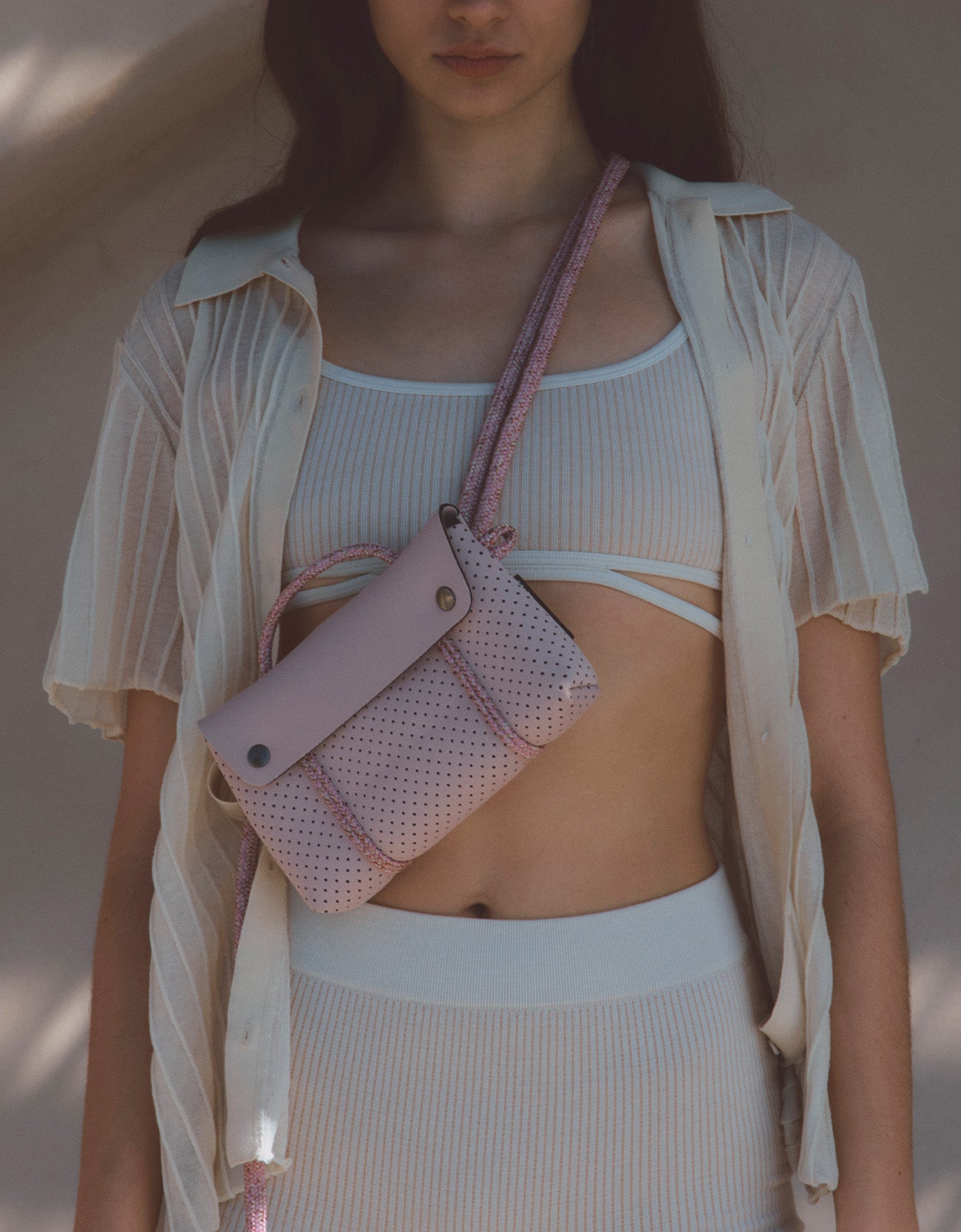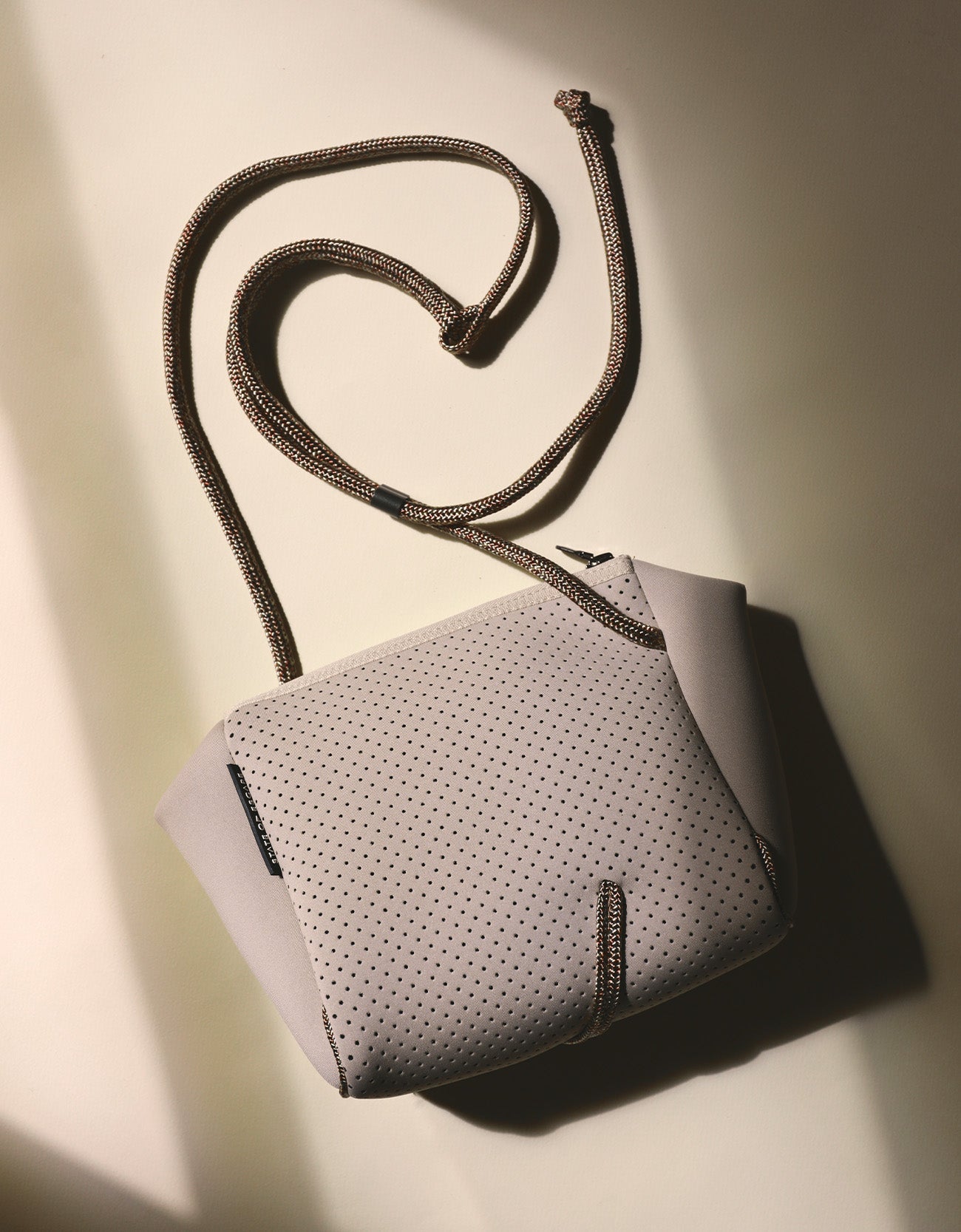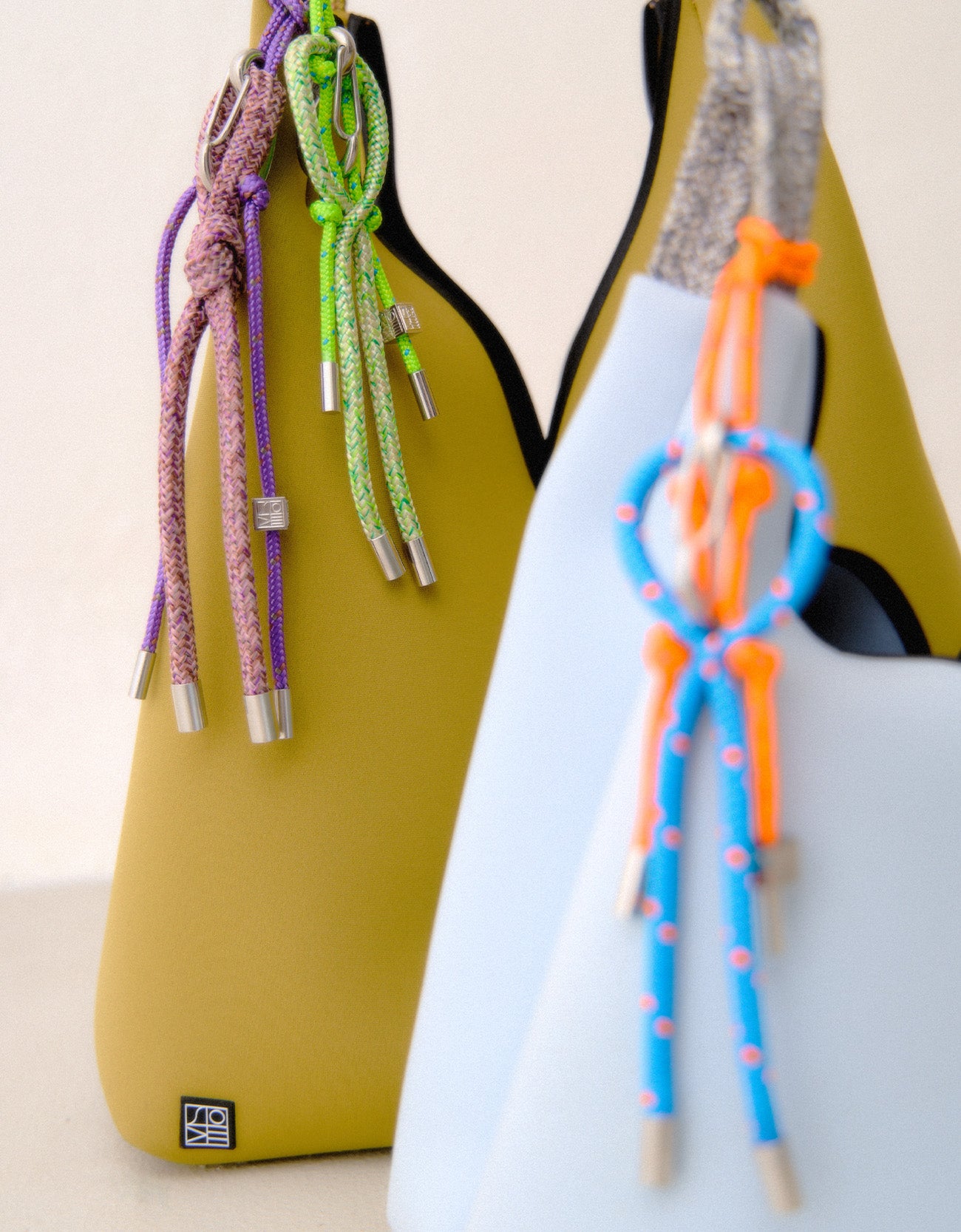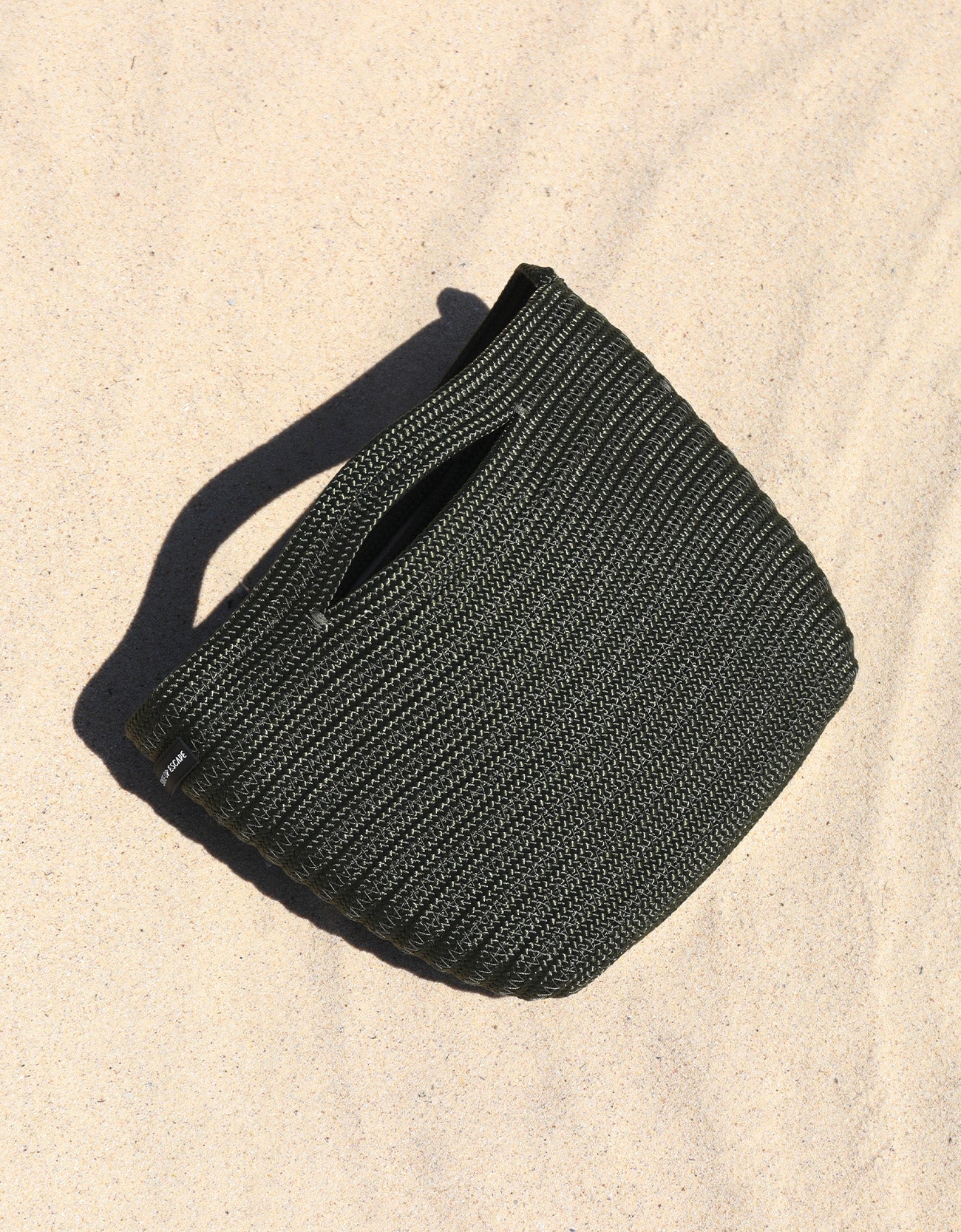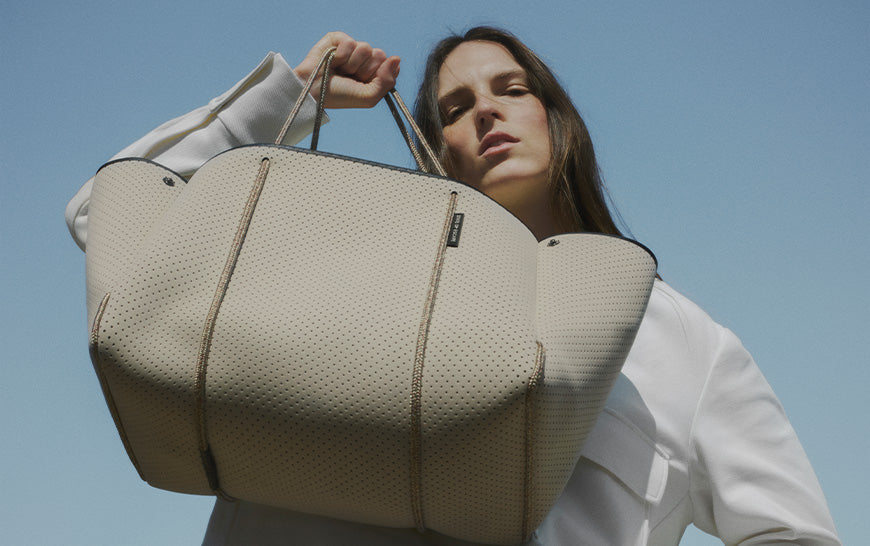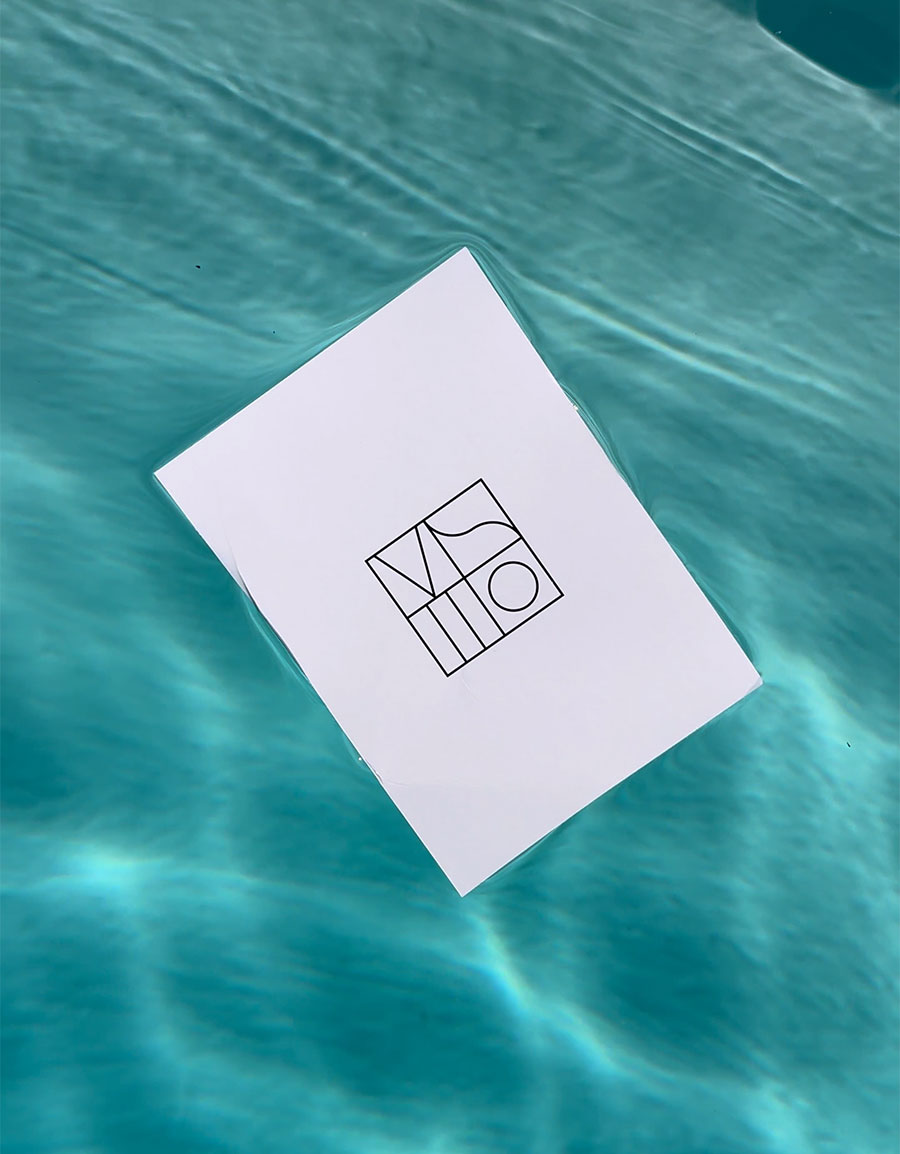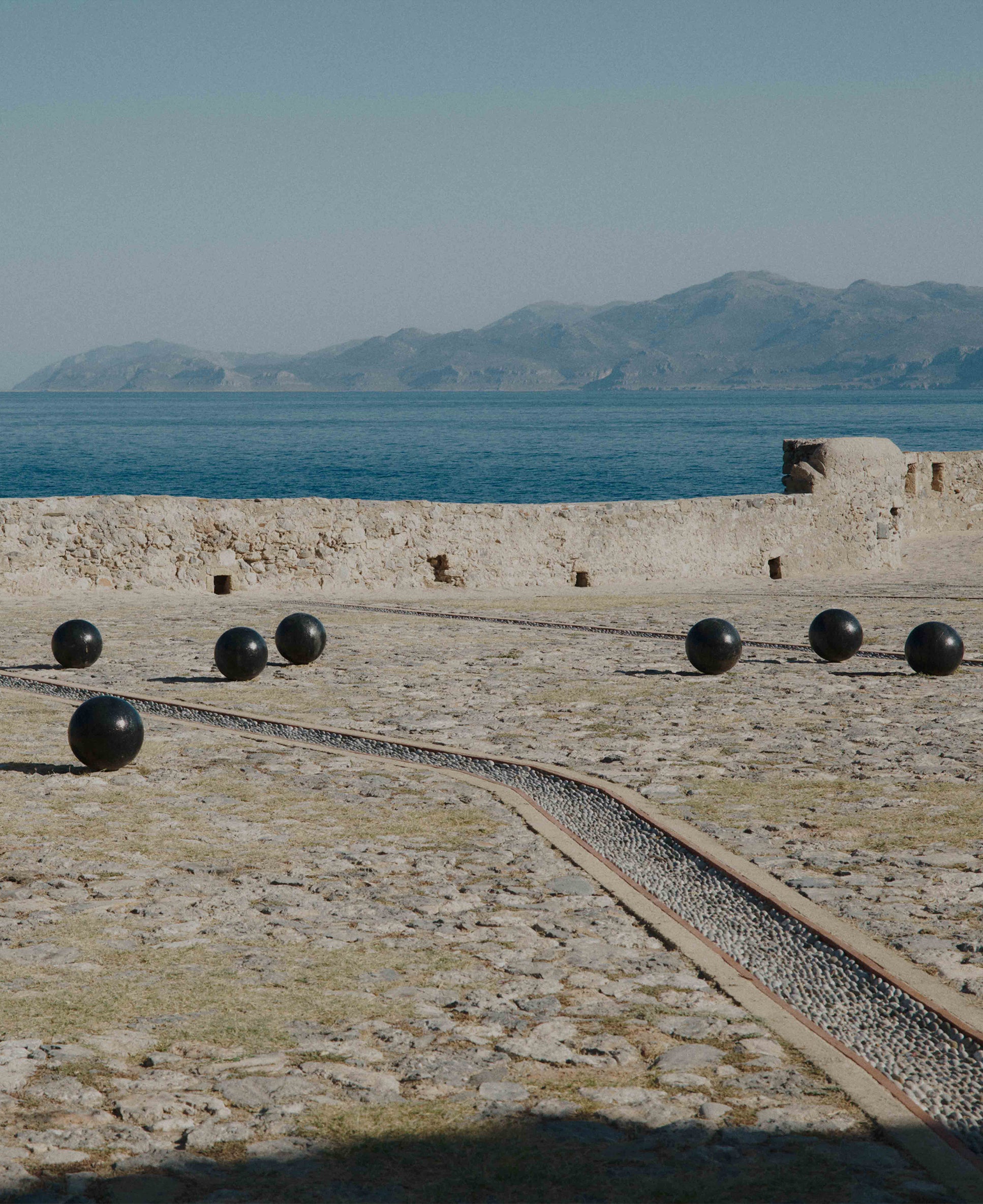This Australian Made Week, we celebrate our talented Aussie makers.
Meet Jimmy Cho, GM Production Manager of our maker's studio in Sydney, Australia. For over 7 years, Jimmy and his talented team have been handcrafting State of Escape product with meticulous care and detail, in a dedicated facility just 45 minutes away from our brand headquarters on Sydney's northern beaches. This Australian Made Week, where we celebrate the benefits of a localised production model, we asked Jimmy for his perspective on all things process, skill and of course Australian made.
This Australian Made Week, we celebrate our talented Aussie makers.
Meet Jimmy Cho, GM Production Manager of our maker's studio in Sydney, Australia. For over 7 years, Jimmy and his talented team have been handcrafting State of Escape product with meticulous care and detail, in a dedicated facility just 45 minutes away from our brand headquarters on Sydney's northern beaches. This Australian Made Week, where we celebrate the benefits of a localised production model, we asked Jimmy for his perspective on all things process, skill and of course Australian made.
Please walk us through the steps taken to craft a bag, from start to finish.
The Escape tote is crafted in up to 10 careful steps.
It begins with hand-cutting each fabric panel individually. Next, we prepare each piece with binding and seam tape, carefully applying them with heat to ensure strength and clean edges.
Meanwhile, the rope handles are measured and cut by hand. Each end is sealed with a heat-set tube for durability. A single piece of rope is then attached to the main panel in a specific way to form the handles.
We add press studs to the side panels, and then the full tote is ready to be stitched together.
Once assembled, the bag goes through a strict quality control process before it’s packed.
If any part of the process is off—even slightly—the entire bag must be redone from the start. That’s why every step is approached with precision and care.
How do you ensure that each stitch or seam is precise?
We've experimented with different machines, but they couldn’t match the level of control needed for our fabric. Neoprene is soft but dense—it can easily stretch or shrink depending on how it's handled.
Precise cutting must be done by hand, especially between the perforated holes. The seam tape also requires careful manual application.
Stitching between these perforations not only preserves the design but also adds strength and stability. Every Escape tote is handled with attention and care, thanks to our commitment to true handcraftsmanship.
What step in the process is the most important, and requires the most focus?
I believe quality control is the most important step.
It starts as soon as the fabric arrives—our cutting team inspects it thoroughly. Throughout production, we continuously check for any issues. We assess the condition of the fabric, the ropes, the stitching, and the final assembly at every stage.
We keep eyes on every part of the process to ensure that only the highest-quality products leave our hands.
What are the benefits of making bags by hand?
With nearly 30 years in manufacturing, we see each bag as more than a product—it’s a piece of craftsmanship.
Because we don’t mass-produce, there are no shortcuts. Every piece is made with close attention to detail, resulting in long-lasting quality and durability.
Handmade bags also carry something special. Each Escape tote has a unique character and a more personal connection to the customer.
How do you mentor the next generation of makers?
In their first few months, I encourage new team members to try different parts of the process. Once they discover what they enjoy most, their work becomes more passionate and precise.
That passion shows in the final product—each piece crafted to the highest standard.





